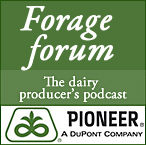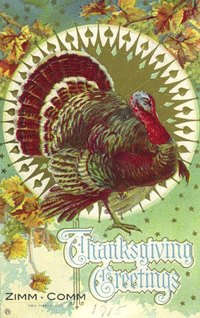Traces of the industrial chemical melamine have been detected in samples of top-selling U.S. infant formula, but federal regulators insist the products are safe. The Food and Drug Administration said last month it was unable to identify any melamine exposure level as safe for infants, but a top official said it would be a “dangerous overreaction” for parents to stop feeding infant formula to babies who depend on it.
“The levels that we are detecting are extremely low,” said Dr. Stephen Sundlof, director of the FDA’s Center for Food Safety and Applied Nutrition. “They should not be changing the diet. If they’ve been feeding a particular product, they should continue to feed that product. That’s in the best interest of the baby.”
Previously undisclosed tests, obtained by The Associated Press under the Freedom of Information Act, show that the FDA has detected melamine in a sample of one popular formula and the presence of cyanuric acid, a chemical relative of melamine, in the formula of a second manufacturer. Separately, a third major formula maker told AP that in-house tests had detected trace levels of melamine in its infant formula.
The three firms: Abbott Laboratories, Nestle and Mead Johnson, manufacture more than 90 percent of all infant formula produced in the United States. The FDA and other experts said the melamine contamination in U.S.-made formula had occurred during the manufacturing process, rather than intentionally.
The U.S. government quietly began testing domestically produced infant formula in September, soon after problems with melamine-spiked formula surfaced in China.
Sundlof said there have been no reports of human illness in the United States from melamine, which can bind with other chemicals in urine, potentially causing damaging stones in the kidney or bladder and, in extreme cases, kidney failure.
Melamine is used in some U.S. plastic food packaging and can rub off onto what we eat; it’s also contained in a cleaning solution used on some food processing equipment and can leach into the products being prepared.
The concentrations of melamine [found in China] were extraordinarily high, as much as 2,500 parts per million. The concentrations detected in the FDA samples were 10,000 times smaller _ the equivalent of a drop in a 64-gallon trash bin.
“We’re talking about trace amounts right here, and you know there’s a lot of scientific bodies out there that say low levels of melamine are always present in certain types of foods,” said McBean.
 Curious as to whether ensiled corn is better for your operation than dry corn? Scott Dennis, Pioneer Hi-Bred technical services manager for forage additives, says it’s not a matter of whether one has more nutritional value but rather how effectively an animal digests the nutrients. Ensiled or high-moisture corn, makes the starch more available to the rumen bacteria. Dennis, however, points out there are pros and cons to feeding both high-moisture and dry corn, and it’s a matter of what works best for each producer’s operation.
Curious as to whether ensiled corn is better for your operation than dry corn? Scott Dennis, Pioneer Hi-Bred technical services manager for forage additives, says it’s not a matter of whether one has more nutritional value but rather how effectively an animal digests the nutrients. Ensiled or high-moisture corn, makes the starch more available to the rumen bacteria. Dennis, however, points out there are pros and cons to feeding both high-moisture and dry corn, and it’s a matter of what works best for each producer’s operation.
 Dairy Markets Week in Review
Dairy Markets Week in Review


 It’s time to take a break from what’s going on in the dairy business.
It’s time to take a break from what’s going on in the dairy business.